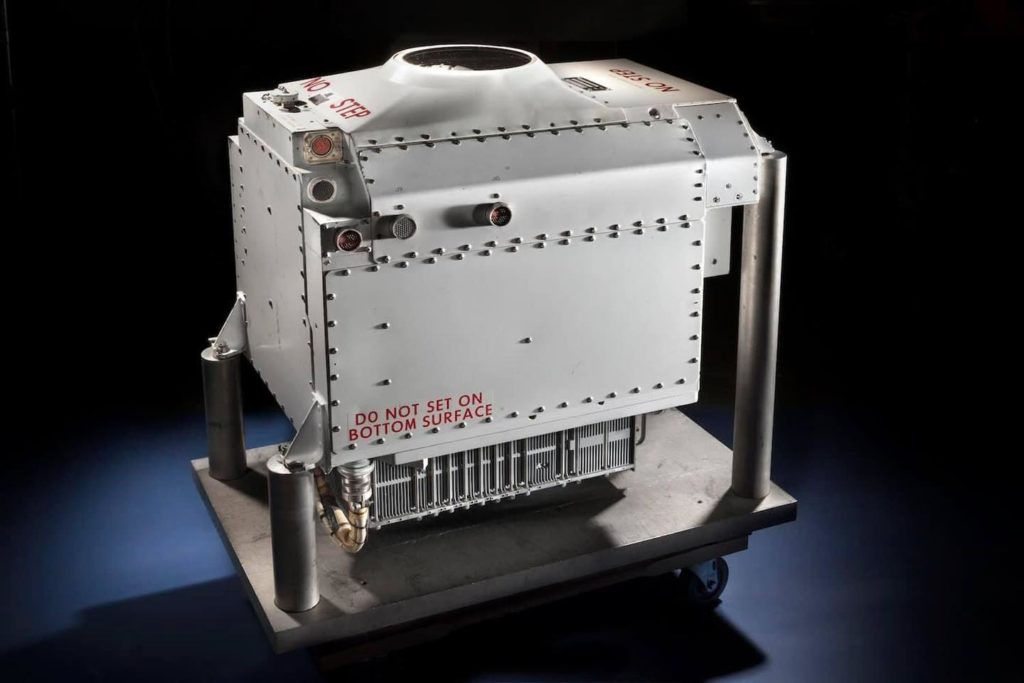Once the SR-71 reached cruising speed and altitude, it was time to focus on the mission, which was to collect information about hostile and potentially hostile nations using cameras and sensors. The pilot’s job was to handle the aircraft and watch over the automatic systems to ensure they were doing their jobs properly. Meanwhile, the RSO managed the jamming devices, The navigation; he ran the checklist, cameras, sensors, and the all-important Astro-inertial Navigation System (ANS). The ANS was the 1960s version of GPS, but instead of using satellites to locate itself, the ANS used the stars. This is because, before the invention of the modern satnav networks, there wasn’t a way to navigate the SR-71 in the areas where it operated. The SR-71 needed to be able to fix its position within 1,885 feet (575 m) and within 300 ft (91 m) of the center of its flight path while traveling at high speeds for up to ten hours in the air.
Piloting the Blackbird was an unforgiving endeavor, demanding total concentration. But pilots were giddy with their complex, adrenaline-fueled responsibilities. “At 85,000 feet and Mach 3, it was almost a religious experience,” said Air Force Colonel Jim Watkins. “Nothing had prepared me to fly that fast… My God, even now, I get goose bumps remembering.”On Jul. 2, 1967 Blackbird crew Jim Watkins and Dave Dempster flew the first international sortie in SR-71A #17972 when the ANS failed on a training mission and they accidentally flew in to Mexican airspace. SR 71 pilot Jack Veth said “ You have never been lost unless you’re going 2200 mph in the dark lost”
But once the SR-71 reached ‘cruising speed and altitude, it was time to focus on the mission, which was to collect information about hostile and potentially hostile nations using cameras and sensors.
The ANS works by tracking at least two stars at a time listed in an onboard catalog, and with the aid of a chronometer, calculates a fix of the SR-71 over the ground. It was programmed before each flight and the aircraft’s primary alignment and the flight plan was recorded on a punched tape that told the plane where to go, when to turn, and when to turn the sensors on and off. The stars were sighted through a unique quartz window (located behind the RSO cockpit), and there was a special star tracker that could see the stars even in daylight. Later, after the Star Wars movies came out in 1977, the ANS was affectionately called R2-D2.
From Linda Sheffield Miller via Habubrats group on Facebook, with sourced SR-71 history from Flight of the Blackbird: The how, what and why of the incredible SR-71 on New Atlas.



There was also a backup navigation only system, the Singer- Kearfott SKN-2417 inertial navigation system. Not as accurate, but they were never “truly lost.” Having the throttle set too hot at a control point (CP) could cause a slide that resulted in miles of cross-track, also.